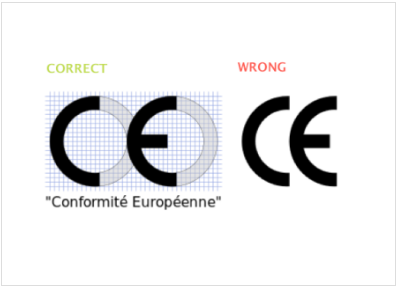What is CE marking?
CE marking is a mark of conformity from a manufacturer that a product complies with all mandatory and relevant EU Directives.
Presented in the form of a symbol (see below), CE marking indicates that a product meets the minimum legal requirement to be placed on the market in any European country.

Gaining a CE mark can be a complex process.
The EU-wide requirements (laid out in directives) of a product must be identified first. These directives set out the essential requirements, technical standards, and production processes presumed with conformity.
For some products, conformity must be verified by an external body, known as Notified Bodies. This is not obligatory for all products, with most directives achieved through self-certification.
A technical manual, or Operation & Maintenance Instructions, must be provided including all documentation to prove a product is compliant. The CE mark then needs to clearly displayed on the product and all necessary documentation.
What are EU Directives?
According to European law, a directive is:
“A legislative act that sets out a goal that all EU countries much achieve.”
There are two key directives that we must be compliant with to achieve CE marking on our security shutters:
- Machinery Directive 2006/42/EC
- Construction Products Directive
With these two directives, a total of 7 BS EN standards must be adhered to.
Where to find a CE mark?
Unsurprisingly, there are specific rules a manufacturer must adhere to when affixing a CE mark on a product.
The CE mark must:
- be comprised of the initials ‘CE’ in recognisable form
- be legible (minimum 5mm in height)
- be proportional to the original
- easily visible and permanent

If the CE mark is presented incorrectly, either the manufacturer has used the wrong symbol or the product should not carry the CE mark.
There are further rules in case of other markings on the product. For example, if quality mark BSI Kitemap is present, there cannot be any overlay.
–


